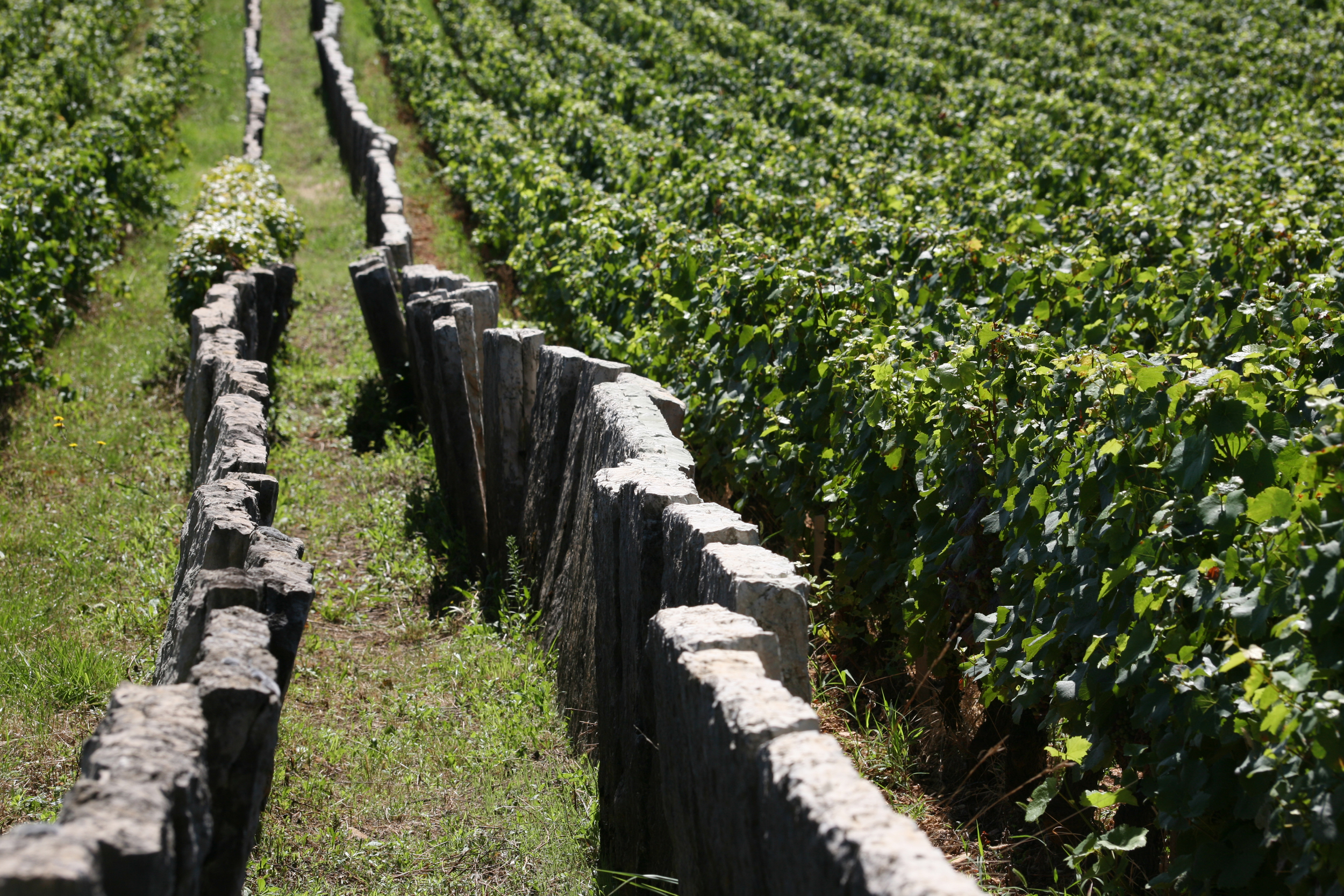

The vineyards of Bourgogne produce some great wines with a historical and international reputation. However, the region is not simply limited to its iconic appellations. In addition to its Village Premier Cru and Grand Cru AOCs, it also produces a range of wonderful Régionale and Village appellations to explore.
You will also find a full list of the Bourgogne’s Climats and lieux-dits on this page.
Check out the complete list of the 84 Bourgogne appellations.
However, your exploration has only just begun. Bourgogne wines have never before offered such high quality. Besides our range of internationally celebrated wines, try some of our lesser-known appellations where there are lots of surprises in store.
And for a fun way to find out more about the wines on offer, try out our “Which Bourgogne wine is right for me?” quiz, or check out Bourgogne Maps to take an interactive tour of the region.
Village appellation
VIGNOBLE DE LA CÔTE DE NUITS
31 juillet 1937
Almost all reds - Pinot Noir.
Whites - Chardonnay.
Area under production*:
1 hectare (ha) = 10,000 m² = 24 ouvrées.
Reds: 146.83 ha
Whites: 11.43 ha
Average annual yield**:
1 hectolitre (hl) = 100 litres = 133 bottles.
Reds: 5,580 hl
Whites: 450 hl
*In 2022 **5-year average, 2017-2021
Appellation Village of the Côte de Nuits region (Côte-d’Or).
Producing communes: Fixin, Brochon, Premeaux, Comblanchien, Corgoloin.

Whether red or white, this is the wine King Henri IV had in mind to go with the Sunday chicken he wished every family in France to enjoy. It is as accessible as it is amiable, honest and straightforward in taste. The red, which has the gleaming crimson highlights of the Pinot grape, veers sometimes towards an intense garnet hue or, when young, a bright cherry. Its aromas run a classic spectrum through cherry, gooseberry and blackcurrant to notes of underbrush, mushroom and spices (cinnamon). This is a big-hearted wine, powerful in the mouth, full and meaty, and its tannins (more conspicuously present in the younger wines) are well smoothed-down.
The white is pale gold in colour or sometimes a little darker. The fragrance is of white flowers (acacia, may) mixed with plum. When older, ripe apple, fig, pear or quince appears, as well as some spicy notes. Lively and clean, it has both energy and elegance while nevertheless remaining direct in its expression and unfaultingly likeable.

Red: virile and broad-shouldered, this wine is nevertheless softened by wellmarked fruit and by a degree of roundness on the palate, so it is only to be expected that meat dishes will be the first choice to match it. Its aromatic power is sufficient to cope with chunky or smooth pâtés, roasted or fried offal, and suppler meats such as pork (roasted or in sauce), well-roasted lamb, or braised veal. It goes best with cheeses that have a well-marked flavour: Époisses, Langres, Ami du Chambertin...
Serving temperature: 13 to 14°C.
White: serve it with the Burgundian specialty of cold parsleyed ham (jambon persillé), country pâtés, snails, grilled fish, goat cheeses, Comté, Beaufort, or members of the Gruyère family.
Serving temperature: 11 to 12°C.

These terroirs are worthy of carrying the appellation Village institued in 1964, of the southern villages of the Côte de Nuits or the appellation Côte de Nuits-Villages. Corgoloin in the South marks the border between the Côte de Nuits and the Côte de Beaune. To the North, a part of the terroirs belonging to the villages of Brochon and Fixin. Both red (Pinot Noir) and white (Chardonnay) wines may claim the appellation. Wines which derive wholly from a single Climat may add that name on the labeI.

The hill-slopes of Comblanchien and Corgoloin are carved into the hard limestones of the Upper bathonien. The slopes are gentle and regular, not reaching the rim of the plateau. In the upper part the brown soil is only slightly limy with, lower down, a thick layer of pebbly scree, while at the foot of the slope is an extensive area of brown soils over accumulated alluvium. For their part, the wines of Fixin and Brochon lie on the red-brown soils of the piemont composed of alluvium mixed with pebbly limestone.
